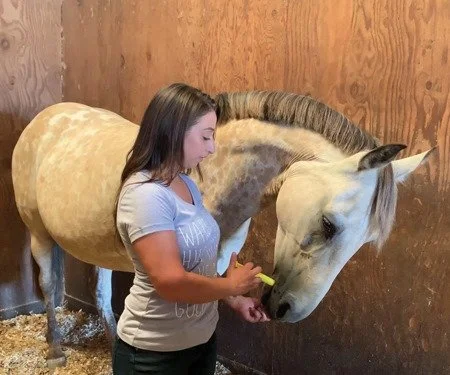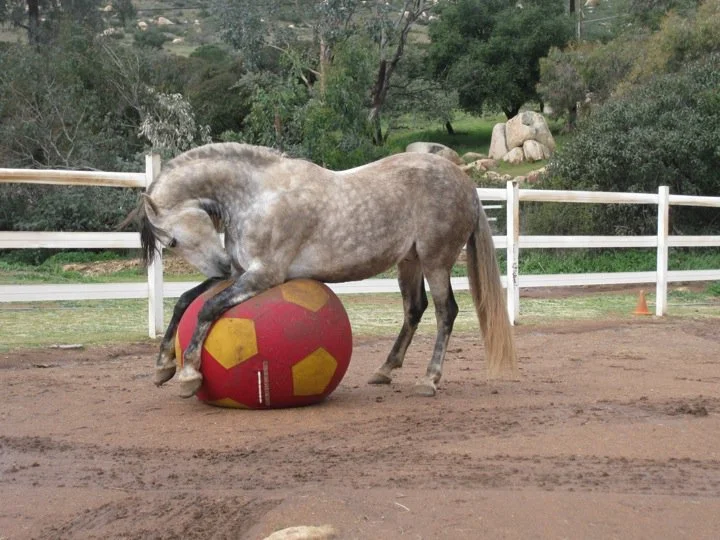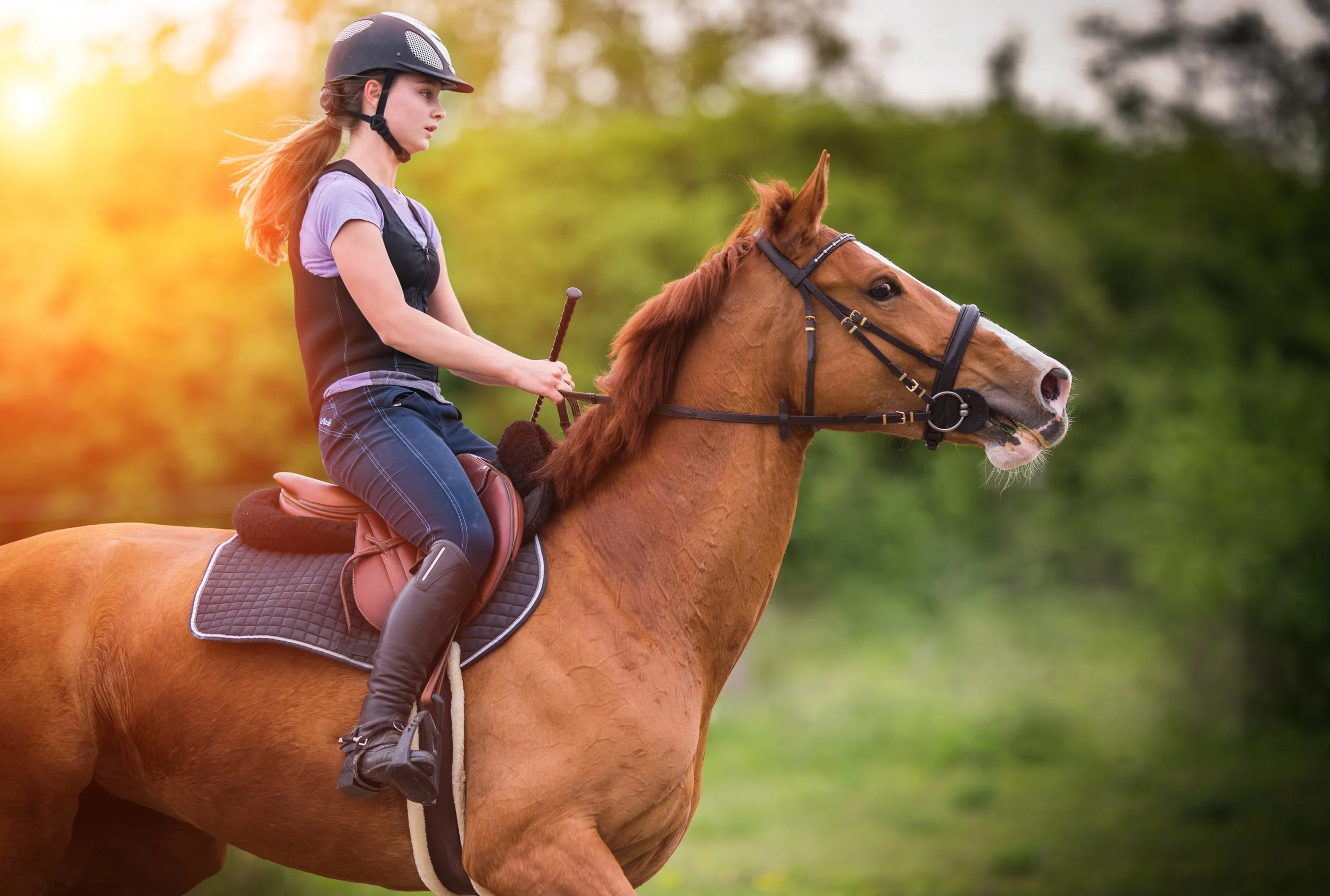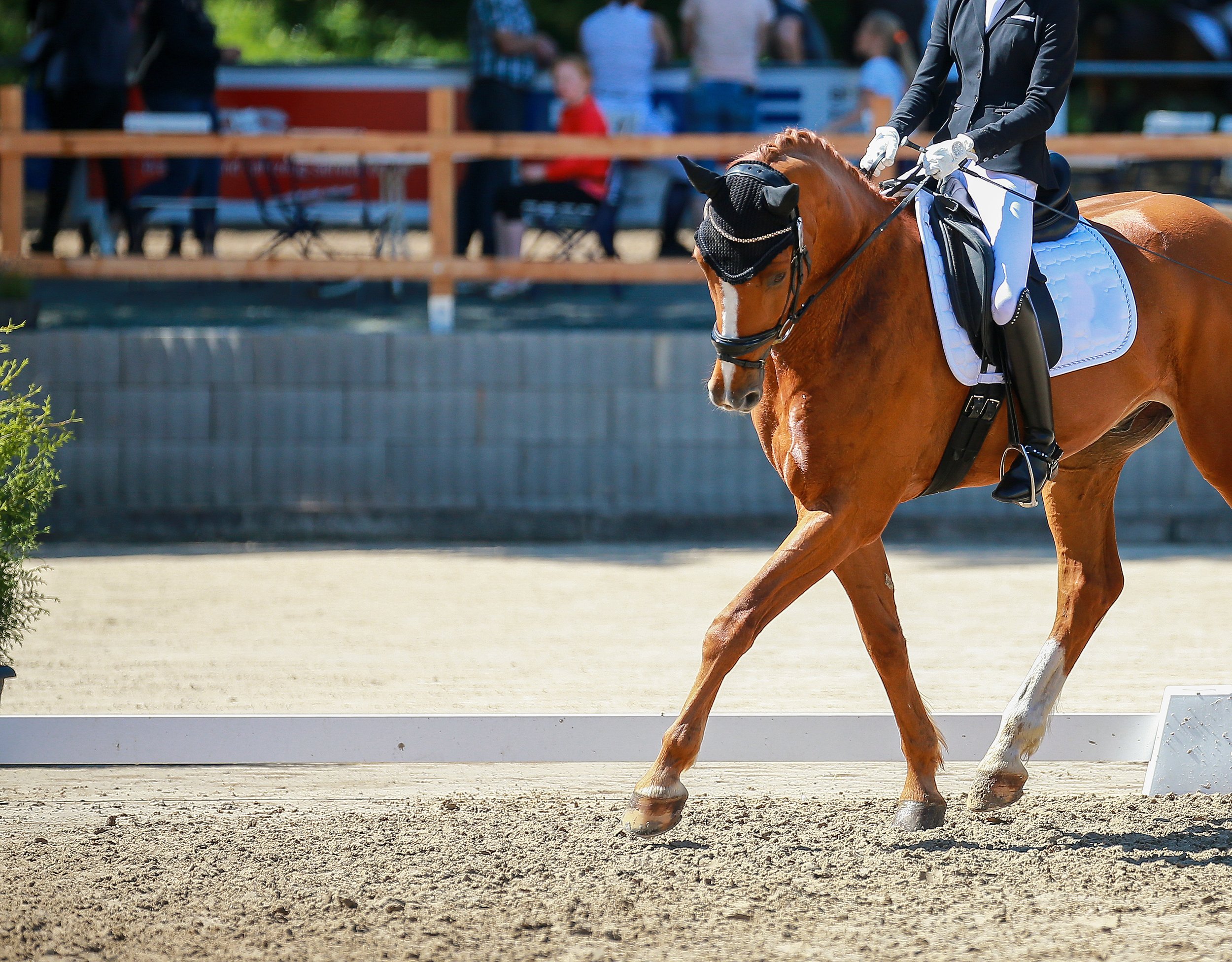ask dr. dyson!
The Official Blog of 24HorseBehaviors.org
Hosted by The Train with Trust Project

Evaluating Soundness in Trot
“I think we see two types of horses: those who want to trot too quickly or those that want to move too slowly. It doesn’t tell us anything about where the discomfort is coming from, there are just two different ways in which horses respond to experiencing discomfort.” Dr. Sue Dyson

3 years later: How has the 24 Behaviors checklist empowered the equine industry?
On the 3rd anniversary of release of The 24 Behaviors of the Ridden Horse in Pain: Shifting the Paradigm of How We See Lameness, we take a look back on the impact of the film, and of the 24 behaviors checklist more broadly. How have people been empowered by this tool? What changes are being seen? Has the paradigm truly shifted?

Using cooperative Care training with Horses
Cooperative Care is a unique approach to handling, used with many animal species that is based on partnership, communication and understanding. This innovative way of approaching husbandry improves the horse’s experience, and increases safety and efficiency for the team of people caring for them.

equine enrichment & the mind-body connection
“I think we have to look at what the natural horse’s environment would be, see what is missing from the environment of many horses that we keep as riding horses, and then do what can we to enable them to have a more natural environment.” Dr. Sue Dyson

Interpreting Head & Neck behaviors Under Saddle
“Moving with the head consistently above the vertical is something that we see commonly in horses with back problems or hindlimb lameness, perhaps a little less often with forelimb lameness. There are often give-away clinical signs that the horse is moving in this way by the development of the muscles of the neck and back.” ~Dr. Sue Dyson

Interpreting Equine Facial Behaviors
“Although teeth grinding is not included in the 24 Behaviors ethogram, in our latest study we did document that there was a substantial reduction in the frequency of teeth grinding when we took away the musculoskeletal pain with diagnostic nerve blocks, so this is an important behavior observation to make note of.” Dr. Sue Dyson

Footing & Orthopedic Health
“Constructing an arena is not just putting down a layer on top. It’s really important that it’s designed form the bottom up with adequate drainage and consideration of the different layers and different thicknesses of layers because they are all going to influence how the horses’ feet impact and interact with the arena footing.” Dr. Sue Dyson

Understanding Suppleness & Stability
“Ultimately we’re looking for a combination of a smooth mobility of joints which are coordinated in their movement and are supported adequately the muscles tendons and ligaments.” ~Dr. Sue Dyson

Assessing Equine Posture
“When a horse has been ridden, you need to look and see how the horse chooses to stand afterwards. They may stand with the forelimbs and/or hindlimbs outstretched. They may constantly shift their weight behind, or they may stand and bite their chest. These are all not normal and likely indicate underlying discomfort.” Dr. Sue Dyson

Q&A Recording: Assessing Equine Muscle Development
“We have to look at the musculature of the whole horse. When I’m looking at muscle development, I’m always asking myself whether the muscles are proportionate throughout the body of the horse. Are they overdeveloped or underdeveloped in an area, or do I see a combination of these?” Dr. Sue Dyson

Q&A Recording: What do we know about nosebands?
“There is good evidence that there were more lesions created by the bit in the corner of the horse’s mouth in those horses that were worked without a noseband. So, although it will depend a little bit on what you are asking the horse to do, the most logical reason for the noseband is to stabilize the position of the entire bridle.” Dr. Sue Dyson

how to use the ridden horse checklist to evaluate soundness
“By observing the reins, we can see what type of contact the horse is taking. A normal horse should take an even rein contact. If the horse avoids taking contact so there’s a slight loop in the rein, or the horse leans on the bit causing rein tension, or if there is asymmetry in rein tension - All of these are not normal.” - Dr. Sue Dyson

Q&A Recording: Empowering change in equine sport
“We have to be prepared to come together and say in a cohesive way, ‘We have been doing some things wrong, these are what we acknowledge as problems, and this is what we are going to do to try and improve.’” ~Dr. Sue Dyson

Q&A Recording: Pre-purchase Exams and the 24 Behaviors Checklist
"I’ve never acquired x-rays of any horse I’ve bought for myself, because I think the clinical examination is the most important thing." Dr. Sue Dyson

Q&A Recording: How to Select the Right Vet
“The number one thing for lameness diagnosis is to find the source of pain. In many instances there are no localizing external clues, and when there are no such clinical signs, then we need to use nerve blocks.” Dr Sue Dyson

Q&A Recording: Why Tacking up & Mounting Matters
“I was quite surprised by the frequency of abnormal behaviors during bridle placement. It was more than I had anticipated.” says Dr. Sue Dyson in a conversation with Jody Ambrose of the Train with Trust Project, in which they discuss Dr. Dyson’s research findings into horse behaviors during tacking up and mounting, and what they can tell us about a horse’s wellbeing.

Video Q&A: Rideability and Equine Orthopedic Health
Dr. Sue Dyson and Jody Ambrose of the Train with Trust Project discuss the ways in which “rideability” or “rider feel” give clues about a horse’s health and wellbeing.

Video Q&A: Sacroiliac Joint Dysfunction
Learn how the horse’s lumbo-sacroiliac region functions, what kinds of issues cause pain in and around the area, and how to spot signs of trouble.

Considerations for Equine Injury Rehabilitation
“It is of paramount importance that you have confidence in the honesty, trustworthiness and competence of the facility and their staff.” Dr. Sue Dyson

Video Q&A: Rehabbing Equine Ligament Injuries
“We cannot shortcut the repair of ligament injuries, we have to give the horses sufficient time, and to try to put them back into work too early is false economy.” - Dr. Sue Dyson
